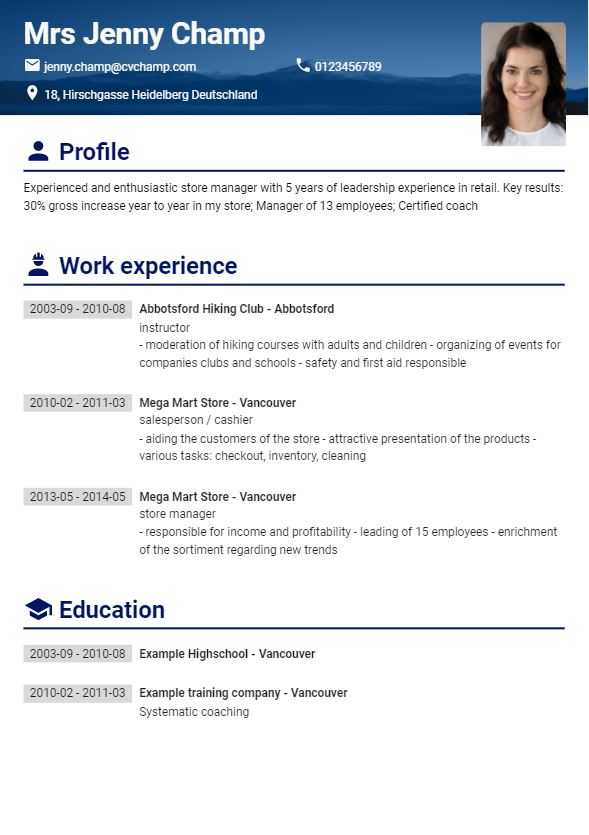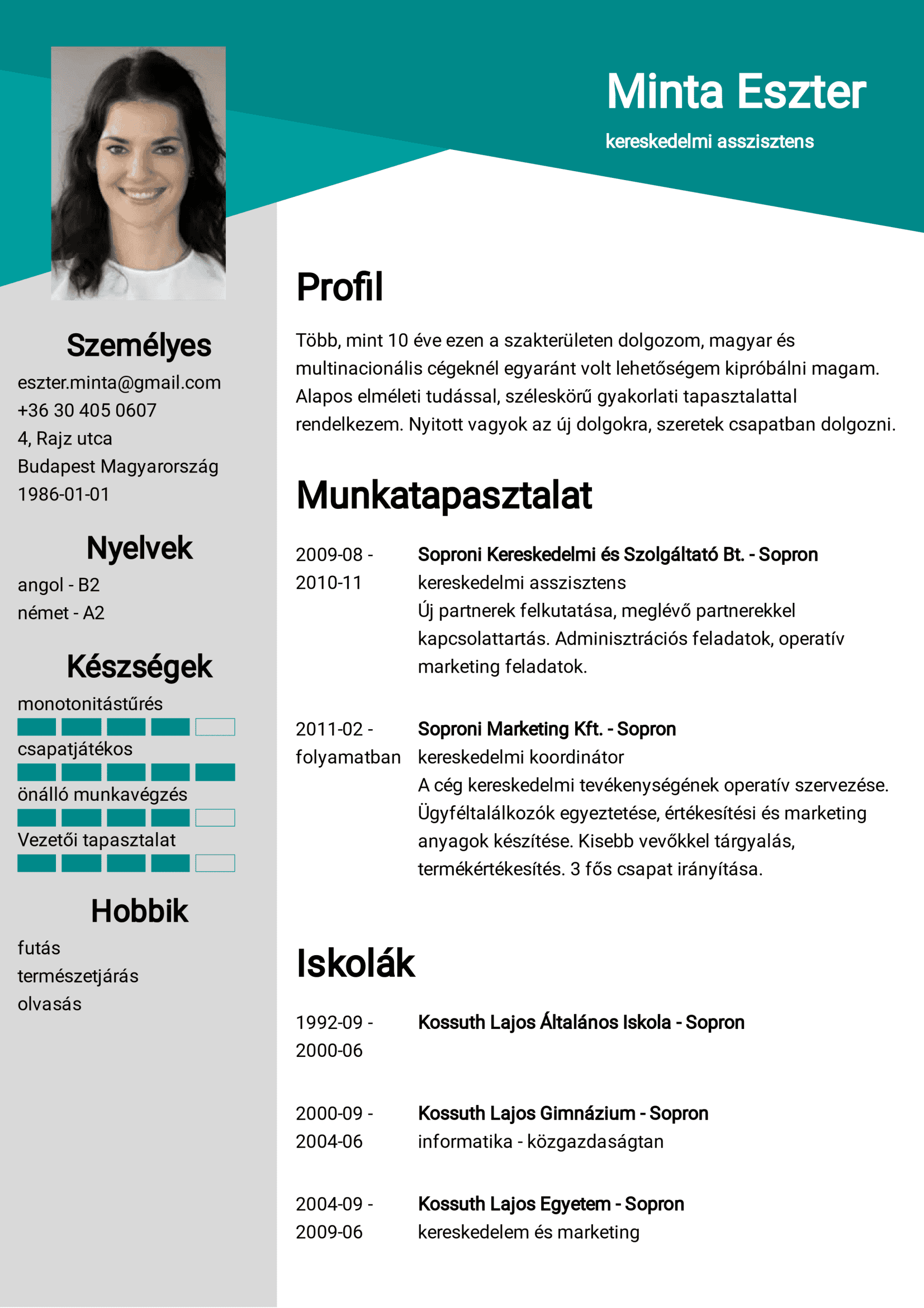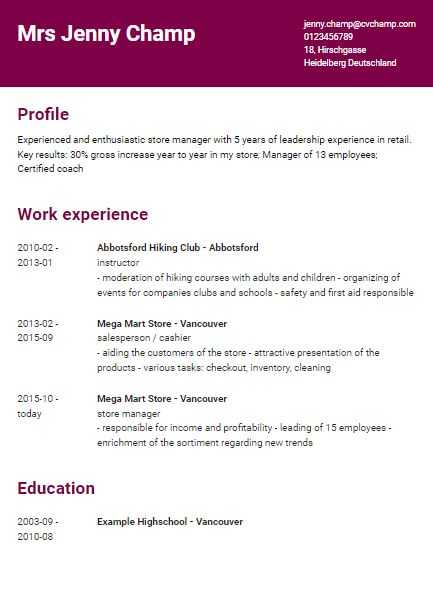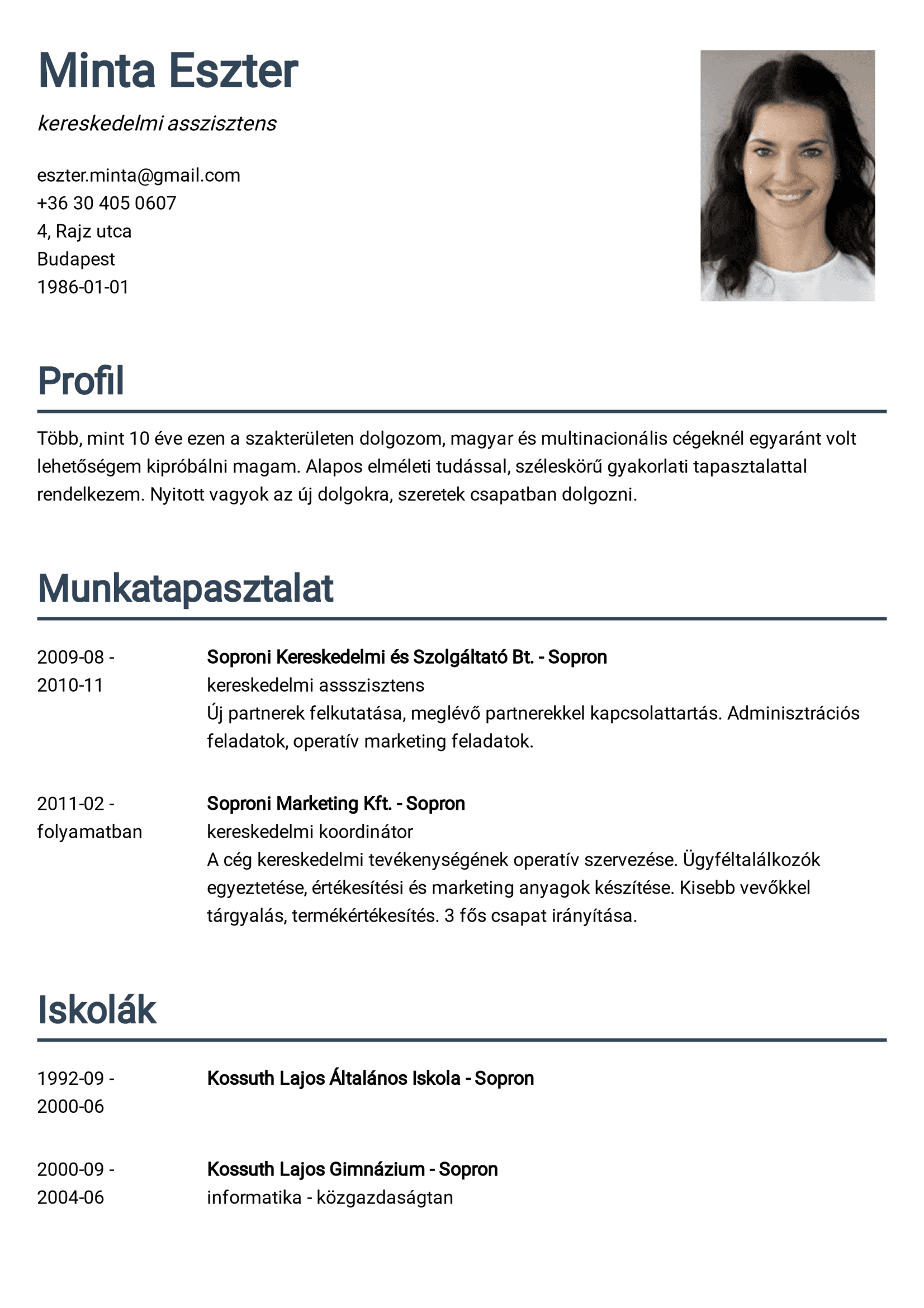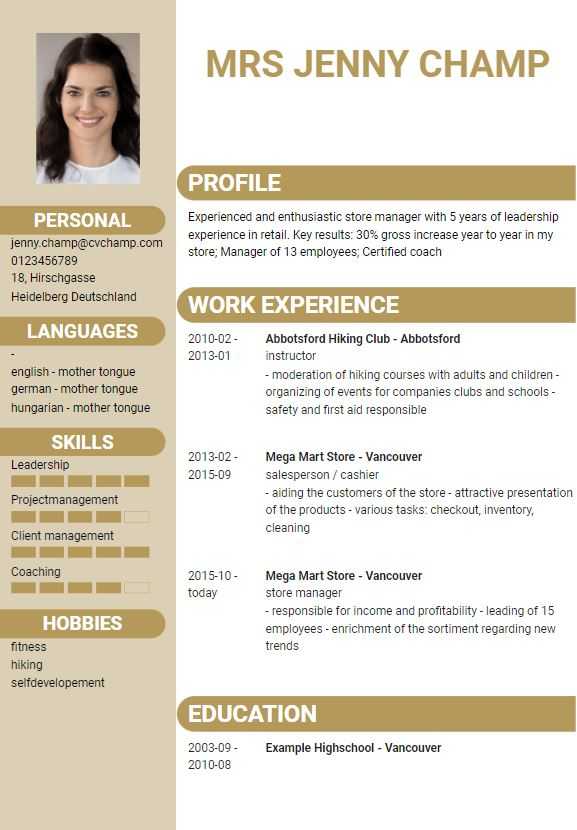

Job Experience in Resume - Strategies for Highlighting Your Career Progress
In the world of job hunting, your resume acts as your first introduction; it's your marketing tool, telling your career story to potential employers. The work experience section, in particular, is where the spotlight shines brightest. This part of your resume can grab an employer's attention, showcasing where you've worked and how you've excelled and made a difference. However, writing this section requires more than listing your past job titles and duties. It's about strategically presenting your achievements, skills, and growth in a way that aligns with what your potential employer is looking for.
Understanding the Purpose of the Work Experience Section
The work experience section of your resume has multiple purposes, each aimed at painting a detailed picture of your professional journey for potential employers.
First, it showcases your career progression, illustrating how you've advanced or transitioned through different roles or industries.
Moreover, it is your platform to highlight specific skills you've developed. It's not enough to state that you possess certain skills; this section allows you to provide concrete examples of how you've applied these skills in a work setting.
Lastly, and perhaps most importantly, it is about your achievements. It's one thing to perform your job duties; it's another to excel, bring about positive change, or achieve notable results. Employers are looking for candidates who don't just do the work but elevate it.
By effectively presenting your career progression, skills, and achievements, your resume's work experience section can transform from a simple list of jobs to proof of your professional potential.
Structuring Your Work Experience
When structuring the work experience on your resume, choosing the suitable format is key to effectively presenting your career story. The two most common structures are the chronological and functional formats, each serving different purposes and suitable for different job seekers.
Chronological resume format
The chronological format is the most traditional and widely used. In this setup, you list your jobs in reverse order, starting with your most recent position at the top. This format is straightforward and preferred by employers as it clearly shows your career progression and the timeline of your work history. It's particularly effective if you have a solid and continuous work history demonstrating upward career growth. However, if you've had significant gaps in employment or frequently changed jobs, this format might highlight those inconsistencies.
Functional resume format
On the other hand, the functional format focuses more on your skills and achievements than your employment timeline. In this approach, you group your experiences under skill categories rather than job titles. For example, instead of listing each job separately, you might have sections like Project Management, Customer Service, or Technical Expertise, under which you detail your experiences and achievements related to these skills. This format can be beneficial if you're changing careers, have gaps in your employment, or want to draw attention away from a less linear career path.
Organizing your experiences to highlight relevance and impact is crucial regardless of your chosen format. Start by understanding the job you're applying for and identifying the skills and experiences most important for the role. Ensure these are prominently featured in your resume. Use powerful action verbs to start each bullet point in your job descriptions, and quantify your achievements wherever possible.
Maximizing Impact with Precise Language
In detailing your roles on a resume, the choice of words can make a significant difference. Using action verbs grabs attention and paints a vivid picture of your capabilities. Compared to generic terms like did or worked on, action verbs like orchestrated or engineered immediately convey a sense of initiative and leadership.
Using industry-specific keywords is equally crucial, especially today, where many companies use automated systems to screen resumes. These keywords are often the skills and experiences unique to your field, and including them ensures that your resume speaks the language of your industry, making it resonate with both automated systems and human reviewers.
Beyond just stating what you did, quantifying your achievements can significantly boost the impact of your resume. Numbers provide concrete evidence of your contributions and measure your success.
Highlighting Achievements Over Responsibilities
It's essential to distinguish between duties and achievements. Duties describe your day-to-day job responsibilities, basically what was expected of you. On the other hand, achievements are your success stories, showcasing how you exceeded expectations and made a tangible impact.
For instance, a duty might read, Responsible for managing a team. While this tells what you did, it doesn't illustrate your effectiveness or the value you brought to the role. Transforming this duty into an achievement, you could say, Led a team of 10, enhancing team productivity by 25% through strategic leadership and targeted training programs. This shows that you managed a team and highlights the successful outcome of your leadership.
Addressing Career Gaps and Transitions
Addressing career gaps or frequent job changes in your resume can be challenging, but with the right approach, you can turn potential red flags into demonstrations of growth and adaptability.
Firstly, if you have short gaps in your employment, consider using a resume format that emphasizes skills over chronological order, like a functional resume. This draws attention to what you can do rather than when you did it.
For longer gaps, be prepared to explain briefly in your cover letter or interview. You can positively frame these periods by focusing on any constructive activities you undertook during the break, such as further education, volunteering, or freelance projects. This shows proactivity and a commitment to personal and professional growth.
Regarding job-hopping, the key is to present your varied experiences as a strength, not a liability. Highlight how diverse roles have given you a versatile skill set and an ability to adapt to new environments quickly. Emphasize any consistent patterns of success or growth across these positions, which can demonstrate reliability and ambition regardless of the job duration.
For unrelated job experiences, focus on transferable skills that are applicable to the position you're applying for. Leadership, project management, communication, and problem-solving skills are valuable in any role. Make it clear how these experiences have prepared you for the job you want, turning a seemingly unrelated job into a stepping stone in your career path.
In summary, dealing with gaps or transitions in your career isn't about hiding them but framing them to showcase your resilience, adaptability, and continuous development of valuable skills. It's about painting a picture of a professional who is not deterred by changes but grows and thrives through them.
Customizing Job Experience for the Job
Tailoring the work experience section of your resume for each job application is a crucial step. It involves aligning your previous job experiences with the requirements and expectations outlined in the job description. This customization shows the hiring manager that you're not just a fit for the role but the perfect candidate.
To start, carefully read the job description and note the specific skills and experiences the employer is seeking. Pay close attention to the keywords used and the order of qualifications listed, as these often indicate the priorities of the employer. Then, review your work history and select experiences that best match these requirements. This doesn't mean you need a direct match for every point, but your resume should reflect a clear connection between your background and the job needs.
For instance, if the job requires leadership skills and you have held a team lead position, ensure this experience is prominent in your resume. Use bullet points to detail what you did and how well you did it, emphasizing outcomes and achievements. For example, rather than saying, Managed a team, you could say, Led a team of 12, driving a 40% increase in productivity over six months. Remember, it's not about having a long list of experiences but about presenting the most relevant ones in a way that resonates with the employer. By carefully customizing your resume for each job, you're showing that you have the required skills and put in the effort to understand what the employer is looking for and how you can contribute to their success.
Tips, Best Practices, and Common Mistakes to Avoid
When detailing your job experience on a resume, avoiding common mistakes can make the difference between landing an interview and being overlooked.
Not specific enough
One frequent error is being too vague, simply listing job duties without context or impact. For instance, saying responsible for sales doesn't communicate the value you brought to the company. Instead, be specific about your contributions, like boosting sales by 20% through strategic marketing campaigns.
Too detailed
On the flip side, being overly detailed can overwhelm the reader. While it's essential to showcase your achievements, keep your descriptions concise. Focus on the most impactful aspects of your experience, leaving out day-to-day tasks that don't add significant value to your narrative.
Not being results-oriented
Another pitfall is not being results-oriented. Employers are interested in what you achieved in your roles, not just what you were tasked with. Therefore, highlight tangible outcomes and improvements you've made, using metrics and statistics where possible.
Grammar
In addition to avoiding these common mistakes, remember the importance of proofreading. A resume with typos or grammatical errors can make a poor first impression, suggesting a lack of attention to detail. Take the time to review your resume multiple times, or consider having someone else look it over.
Use professional language
Lastly, use professional language. This means avoiding slang or overly casual phrasing and ensuring your resume has a formal and polished tone. By combining these additional tips with a careful approach to presenting your job experience, you can create a resume that stands out for all the right reasons.














